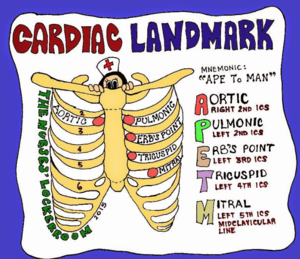14117975
HPA - Giardia Lamblia
Resource summary
| Question | Answer |
| What is it? | Flagellated protazoic parasite that colonises and reproduces in the small intestine causing giardiasis (sometimes known as traveller’s diarrhea) |
| Incidence | 20,000 cases reported each year in USA High incidence in developing countries |
| Reservoir | Untreated sewage Contaminated foods/drinks Can also be found on surfaces, soil, food, or water that has been contaminated with feces from infected humans or animals. Fecal-oral transmission in infected individuals with poor hygiene practices |
| Portal of exit | Contaminated food/drink Contaminated swimming holes Faeces |
| Mode of transmission | Contact with untreated sewage, infected individuals with poor hygiene practices Ingesting contaminated food or drink Contact of contaminated surfaces or animals |
| Portal of entry | Oral ingestion of microbial cysts |
| Susceptible hosts | Anyone who ingests microbial cysts is at risk |
| Pathogenesis | Individual unsuspectingly consumes microbial cyst of giardia lamblia in food or through poor hygiene. Once ingested the protozoa emerges in an active state of feeding and motility. They use their sucking disks to attach themselves to the columnar epithelial cells - main food source is glucose. Some individuals (10%) do not experience any symptoms. When symptoms occur they may include diarrhoea, abdominal pain, and weight loss. Once the feeding stage is finished, the parasite reproduces using binary fission, and then passes through the digestive tract to end up in the faeces. |
| Breaking the cycle | Practicing good hygiene Effective sanitation and waste disposal Safe food and drink handling processes Identifying and treating infected individuals Sterilising contaminated surfaces Avoiding possibly contaminated waterways |
| Drug therapy | Nitroimidazoles are first-line therapy for giardiasis. Tinidazole can be offered as a single dose and has an efficacy of 90% to 98% (Antibiotics). |
Want to create your own Flashcards for free with GoConqr? Learn more.

